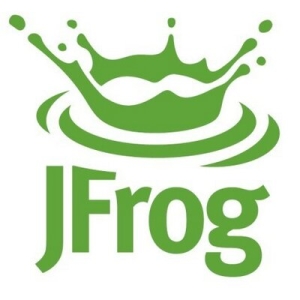We use Artifactory for all of our software development. We're an electric car company, and we're headquartered in China, but we've got an R&D software development office in San Jose. All of our software development teams use Artifactory for storing all their artifacts, binaries, and things like that for the software that they're developing for the electric vehicles that we manufacture and sell in China and Europe.
We are using the Enterprise X version. It's self-hosted and on-prem. It's not on the cloud.
It's very good for end-to-end binary management. It's a very good solution. I've worked at companies where software developers were just storing all of their releases, merge requests, and everything in a file structure or file storage. It's difficult to keep track of that. You can't tag metadata to that, and you can't see information, such as dates of when things were uploaded. Artifactory having all those capabilities makes it very useful for the developers to track the index and be able to sort and find all of their data, especially for keeping archives of all of the releases and things.
It's one of the core tools that our engineers rely on every day, not just our engineers in the US office in San Jose but also our engineers in China. We're a global company. Our software teams are globally distributed. So, there's constant sharing of software source code, artifacts, and binaries across the countries. We have Artifactory instances deployed both in the US and in China. It's, if not the most valuable, the second most valuable tool behind our source code repository for the engineers to use on a day-to-day basis.
We've had it since the beginning days when we started as a company in 2016. It has certainly not been a hindrance to our software development and accelerating the developers to be able to do their work. They aren't spending time trying to keep track of all their data in terms of where it's stored and how to store it. So, it enables our engineers and our developers.
We've been able to utilize some of the APIs to build custom interfaces and dashboards for self-service on permission management and user and group permission management. We did that, and then later, Artifactory or JFrog came out with a user group manager interface, but we had built one ourselves initially utilizing the APIs. Now, we're building on top of those same APIs to set up a self-service data retention dashboard for the users or for the developers so that they can set and manage their own data retention policies and then self-manage their own storage usage and growth.








